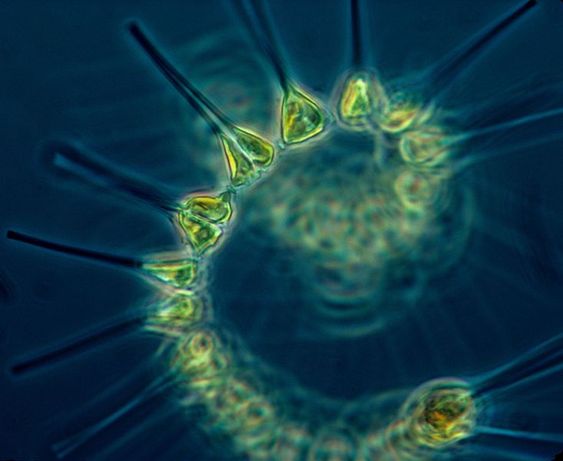Andrew Sweetman, from the Scottish Association for Marine Science (SAMS), has discovered the polymetallic nodules emitting “dark oxygen” while conducting his ship-based fieldwork at 13,000 feet below sea level in the Clarion-Clipperton Zone (CCZ), between Hawaii and Mexico in the Pacific Ocean.
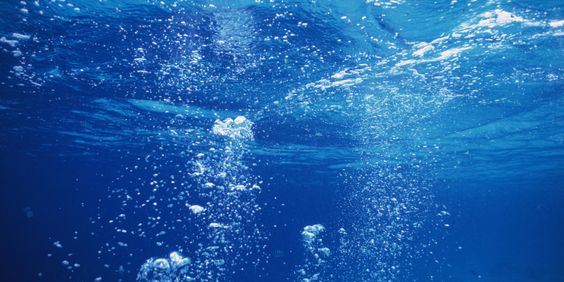
Scientists are hopeful of finding new insights into the origin of life. Before this discovery, it was believed that oxygen in the ocean was made by marine plants like plankton and algae that use sunlight to produce oxygen through the process of photosynthesis. Earlier studies have shown that sea organisms only consume oxygen produced by sea-plants but this latest discovery is challenging the beliefs about oxygen produced in the deep ocean floor.
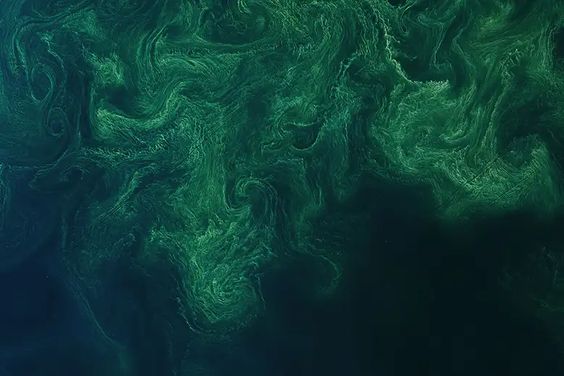
Andrew Sweetman, the ocean scientist, unexpectedly observed a strange phenomenon in a potential mining area. His research team have found that the area contains polymetallic nodules—these were metallic minerals at the depth of the ocean floor, causing chemical reactions, resulting in the production of “dark oxygen.”.
The scientists were stunned by the measure of oxygen levels that have been slowly rising in the absence of sunlight at depths of 13,000 feet. “We were trying to measure the rate of oxygen consumption by the seafloor,” lead study author Andrew Sweetman of the SAMS told AFP.

To go ahead with the research, the team used a contraption called a benthic chamber, which snatched up a bunch of sediment from the sea bed. Sweetman further added, “Normally, the amount of oxygen trapped in the chamber decreases as it is used up by organisms as they respire.”.

“But this time the opposite happened—the amount of oxygen increased. This was not supposed to happen in complete darkness, where there is no photosynthesis. Researchers thought their underwater sensors were malfunctioning after this shocking discovery. So they brought up some nodules on their ship to repeat the test. Once again, the amount of oxygen increased.” Sweetman said.
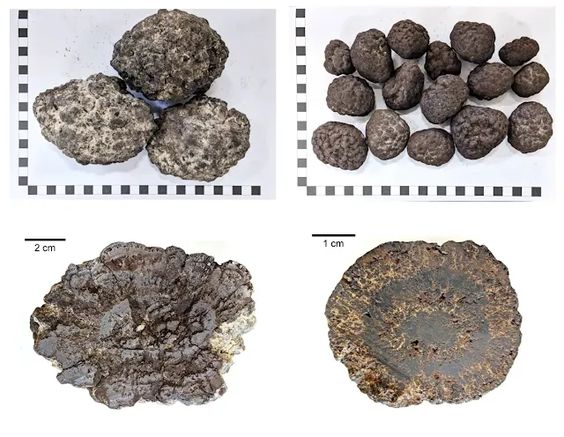
Primarily, he felt that it was because of his defunct monitoring equipment, as the sensors showed the production of oxygen in a 13,100-foot-deep seabed, and that too without sunlight, CNN reported.
According to Professor Sweetman, he asked his students to return the defunct sensors to the manufacturer to check the fault. But to his surprise, the manufacturer confirmed that the sensors were not faulty and were functioning well.
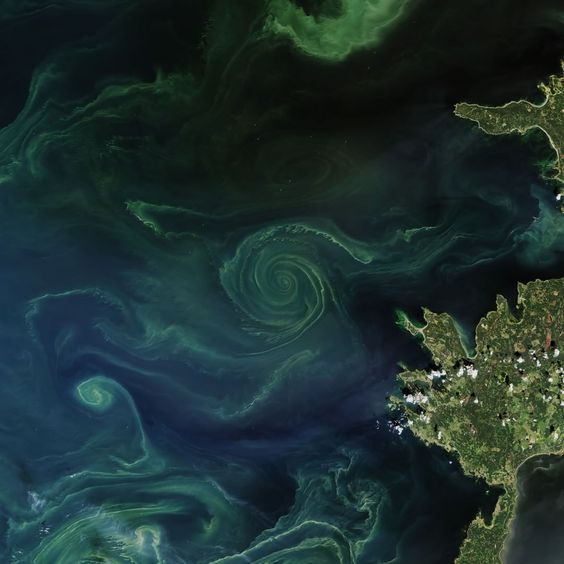
As reported by Phys.org, Franz Geiger led the electrochemistry experiments, which could potentially explain the finding of the naturally occurring deposits of several minerals are of different sizes and shapes, ranging from microscopic particles to the size of a potato, in the deep, dark ocean. These polymetallic nodules have been formed over millions of years through chemical processes involving shell fragments, shark teeth, and squid beaks in the remote Pacific Ocean.
These nodules split seawater (H2O) into hydrogen and oxygen. (The process of splitting seawater into hydrogen and oxygen is called seawater electrolysis.) And it is found that these lumps have an electrical charge of almost as much electricity as AA batteries (1.5 volts). Because of the electric charge, these lumpy nodules are often called “batteries in a rock.” Geiger, the co-author of the study, said, “These are rich in metals such as cobalt, nickel, copper, and manganese, which are all used in batteries, smartphones, wind turbines, and solar panels.”
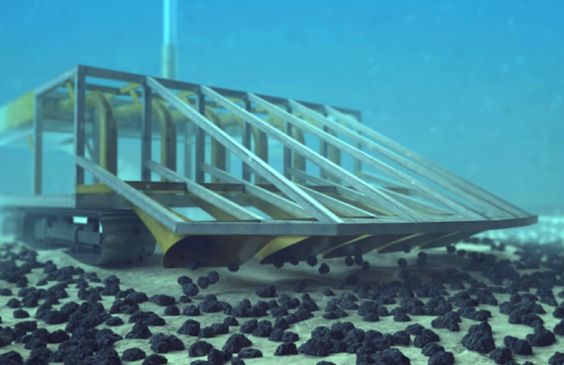
“Several large-scale mining companies now aim to extract these precious elements from the seafloor at depths of 10,000 to 20,000 feet below the surface. We need to rethink how to mine these materials so that we do not deplete the oxygen source for deep-sea life,” Geiger added.
Nicholas Owens, the SAMS director, said it was “one of the most exciting findings in ocean science in recent times.”.
“And, if the process is happening on our planet, could it be helping to generate oxygenated habitats on other ocean worlds such as Enceladus and Europa and providing the opportunity for life to exist?” he said.
Sweetman said that this is one of the “most exciting findings” in ocean science in recent times that shows life could have started elsewhere than on land, and he added, “I hope it’s the start of something amazing.”.
Info Credit:
www.wionews.com
www.theguardian.com
www.livemint.com
www.bbc.com
Images Source: Pinterest.com

